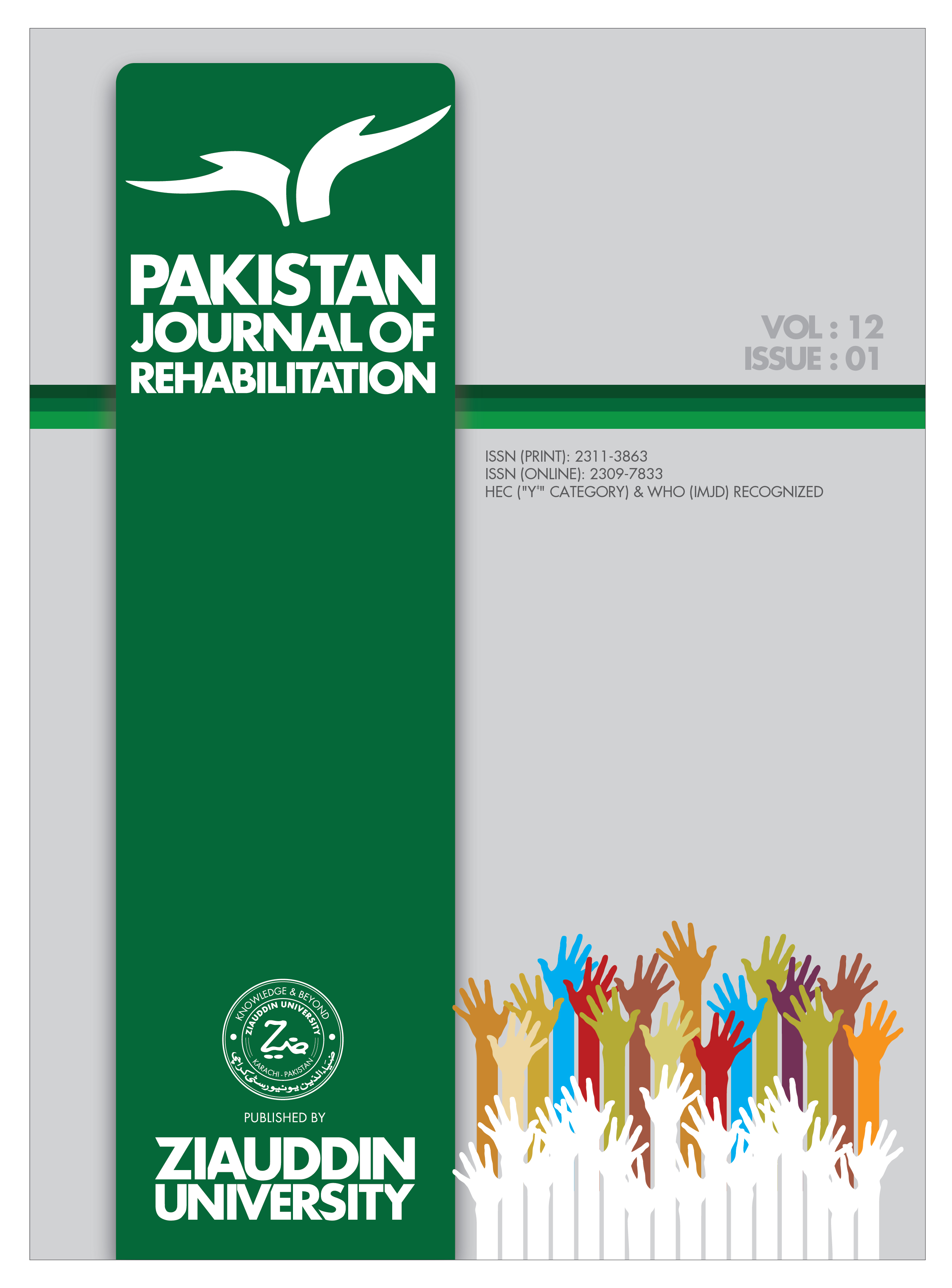MIND THE GAP DISCRIMINATION AND MANAGEMENT CHALLENGES AMONG FEMALE PHYSICAL THERAPISTS
Abstract
Gender matters and has an impact, and it is intended to encourage readers to think about this important issue in clinical practice, education, research, and a wider context of public health1. Due to the dearth of gender theoretical knowledge that has been discovered within the field of physiotherapy, there are still many difficulties that women must overcome in today's world of gender equality and feminism for women's rights2. Historically, women are predominated in the physiotherapy profession, although this has gradually changed throughout the years3. According to Chartered Society of Physiotherapists (CSP) data for both practicing and non-practicing physiotherapists, the gender split changed from 76% female to 24% male to 74% female to 26% male between 2017 and 2020. Although women make up more than 50% of the physiotherapy workforce globally, they make up fewer than 50% of executive positions in national physiotherapy associations3.
References
Stenberg G, Fjellman-Wiklund A, Strömbäck M, Eskilsson T, From C, Enberg B, Wiklund M. Gender matters in physiotherapy. Physiotherapy Theory and Practice. 2021 Sep 3:1-4.
ALobaid AM, Gosling CM, Khasawneh E, McKenna L, Williams B. Challenges faced by female healthcare professionals in the workforce: a scoping review. Journal of Multidisciplinary Healthcare. 2020;13:681.
The gender balance in physiotherapy [Internet]. The Chartered Society of Physiotherapy. 2021. Available from: https://www.csp.org.uk/frontline/article/gender-balance-physiotherapy.
Arrizabalaga P, Abellana R, Vinas O, Merino A, Ascaso C. Gender inequalities in the medical profession: are there still barriers to women physicians in the 21st century? Gaceta Sanitaria. 2014;28:363-8.
Desai T, Ali S, Fang X, Thompson W, Jawa P, Vachharajani T. Equal work for unequal pay: the gender reimbursement gap for healthcare providers in the United States. Postgraduate Medical Journal. 2016;92(1092):571-5.
Azeem SM, Akhtar N. The influence of work life balance and job satisfaction on organizational commitment of healthcare employees. International journal of human resource studies. 2014;4(2):18.
Marie A Johanson. Sex Differences in Career Expectations of Physical Therapist Students.Physical Therapy. 2007;87(9):1199–12.

Downloads
Published
How to Cite
Issue
Section
License
Copyright (c) 2022 Pakistan Journal of Rehabilitation

This work is licensed under a Creative Commons Attribution 4.0 International License.



